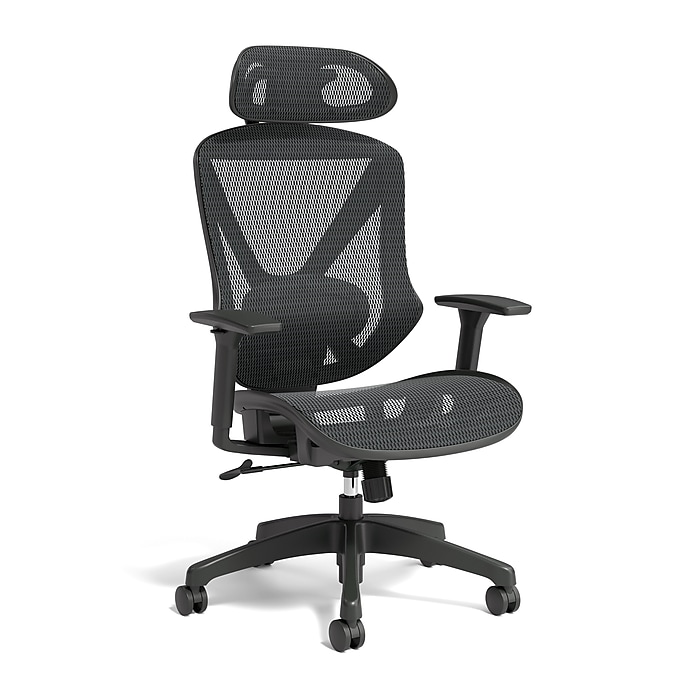Mainstays Forest Hills 3 Person Steel Porch Swing – Beige/Black
Outdoor swing with a canopy. Plush, comfortable cushions featuring a button tufted backs. Durable powder-coated steel frame for a long life.
You and two friends can swing away your cares on the Mainstays Forest Hills Outdoor Patio 3-Person Swing with Canopy. Making a great addition to your outdoor areas, the swing has plush, comfortable cushions featuring a button tufted backs, along with a 100% olefin adjustable canopy. With a frame is constructed with powder coated steel to resist rusting and tested to hold up to 750 pounds, the Mainstays Forest Hills Outdoor Patio 3-Person Swing with Canopy is easily assembled with the included instructions and just one part of the entire Mainstays Forest Hills collection of outdoor furnishing (other pieces sold separately).
Mainstays Forest Hills Outdoor Patio 3-Person Swing with Canopy
- Outdoor swing with a canopy
- Plush, comfortable cushions featuring a button tufted backs
- Durable powder-coated steel frame for a long life
- Just 1 part of the Mainstays Forest Hills outdoor collection (other pieces sold separately)
- Easily assembled with the included instructions
- Product dimensions: 80.71” x 51.57” x 72.83”; 70.55 lbs.
- Can support up to 500 lbs.
- 1-year limited warranty
- Easy to care for: simply wipe down with soapy water as needed and allow to air dry.
- Available in Beige, Blue, and Red Model # MSS129900298016 (Beige), MSS129900298017 (Blue), MSS129900298018 (Red)Arrives in 1 box
- Shipping dimensions: 81.10” x 24.80” x 11.42”
- Site to Store Pickup Note: This item is packaged in 1 large box that may not fit in a standard-sized vehicle. Please make sure you have a large car or truck for store pickup.
- Imported
Additional information
| Manufacturer Part Number | MSS129900298016 |
|---|---|
| Assembled Product Dimensions (L x W x H) | 80.71 x 51.57 x 72.83 Inches |






by James
I like the size and it’s comfortable. I’m 6′ 185 lbs. I can lay down even. I can hang my feet over the side through the arm rest if I want. I was concerned it may be too short or small seats, it is not small. This is a good and nice size bench Getting in and out is easy. It seems to have the right hight and swing for getting up and out of it. I think the springs are to keep too much weight from slamming the seat if you just plop down onto it. The canopy and seats are fabric. The seats have a velcro strap on the top that hooks over the top bar. The canopy took quite a bit of wind the other day without toppeling. The canopy can be removed fairly easily. It has velcro strips along the edges that seem very secure. All in all, it seems decent and the quality is pretty good. It is certainly more affordable than many others. I was concerned it may not be very well made. However, I am happy with it so I thought I’d write a review. My wife who is 5’6″ and I enjoy this bench swing.
by Edward
Received wrong color swing, ordered baige they sent blue. Was given discount or send back for correct one options, chose discount. Canapy fabrics a bit too tight and thin material, hope it holds up; sprayed clear flex seal on canapy and scotch guard on cushions hoping it will help; had it for a month so far so good. All in all I’m happy with it.